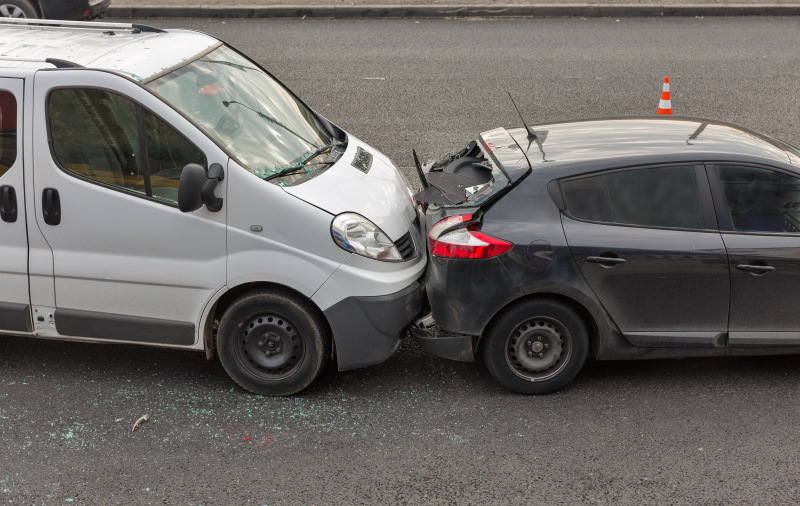Rear-End Accident Attorneys in Richmond & Tappahannock, Virginia

The most common type of car accident in the United States is the rear-end collision. Thousands of rear-end accidents occur every day in Virginia and throughout the country. Put simply, a rear-end collision occurs when one vehicle crashes into another vehicle directly in front of it.
Although many rear-end collisions are written off as nothing more than a minor “fender bender,” these accidents often lead to physically and financially devastating injuries. If you are one of those victims, an experienced Richmond rear-end collisions lawyer can help you in obtaining appropriate compensation from the negligent driver. Attorney Ryan Wind has represented many rear-end accident victims in negotiating settlements with insurance companies and, when necessary, pursuing a personal injury lawsuit.
Is the Rear Driver Automatically Responsible for a Collision in Virginia?
There is a common misconception that when a rear-end collision occurs, the trailing (or rear) driver is always considered at-fault. That is not quite how the law works. While it is true that rear drivers are more often found liable for causing a collision, there are scenarios where the driver in front (i.e., the leading driver) either contributed to or was the sole cause of the accident.
The main reason that rear drivers tend to be held liable is that the evidence shows they were trailing the lead vehicle too closed. If the lead vehicle is traveling at a relatively slow speed or stops, the rear vehicle will collide if its driver did not also slow down or stop in time. The rear driver’s failure, in turn, is often the result of some form of negligence, such as distracted driving or simply failing to pay attention.
But as we said, there are other scenarios where the leading driver’s negligence caused a collision. For example, if the lead vehicle “cut off” the rear vehicle by suddenly veering into their lane, that would be considered negligence on the part of the leading driver. Or perhaps the leading vehicle’s brake lights were not working, so the rear driver could not see the front vehicle slowing down or stopping.
Establishing fault is critical in any Virginia personal injury case because of the state’s contributory negligence rule. Basically, if the plaintiff filing a lawsuit was even 1 percent at-fault for a rear-end accident, they are entitled to recover nothing under the law, even if the other driver was found 99-percent responsible.
At Wind Law, LLC We Also Representing The Following Legal Services:
- ATV Accidents
- Back Injuries
- Bicycle Accidents
- Boating Accidents
- Broken Accidents
- Broken Bones
- Burn Injuries
- Catastrophic Injuries
- Construction Accidents
- Construction Zone Accidents
- Defective Product Injuries
- Dog Bite and Animal Attacks
- E-Scooter Accidents
- GRTC Bus Accidents
- Head on Collisions
- Hit and Run Accidents
- Car Accidents
- Wrongful Death
- Trucking Accidents
- Motorcycle Accident
Car Accident Resources:
- Construction Zone Accident
- Distracted Driver Accident
- Drunk Driver Accident
- Head-on Collisions
- Hit and Run Accident
- Lyft Accident
- Rollover Accident
- Side Impact Crashes
- Speeding Accident
- Stop Sign Accident
- Uber Accident
- Uninsured Driver Accident
Contact Our Rear End Accidents Lawyers in Richmond & Tappahannock Today
While rear-end accidents usually occur at lower speeds than head-on or side-impact collisions, they can still cause significant injuries. Perhaps the most commonly reported injuries from rear-end collisions are neck injuries such as whiplash. These injuries are often difficult to diagnose right after an accident, and insurance companies are often hostile towards victims filing claims based on whiplash.
This is just one reason it is crucial to work with a qualified Richmond rear-end accidents lawyer who can review the circumstances surrounding your crash and advise you on the best way to proceed with a claim for compensation. Contact our Richmond personal injury lawyers at Wind Law, LLC, today to schedule an initial consultation.





